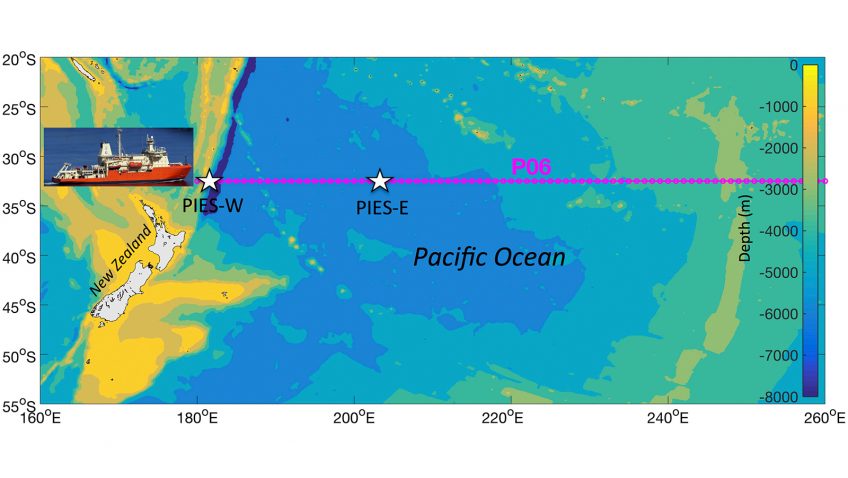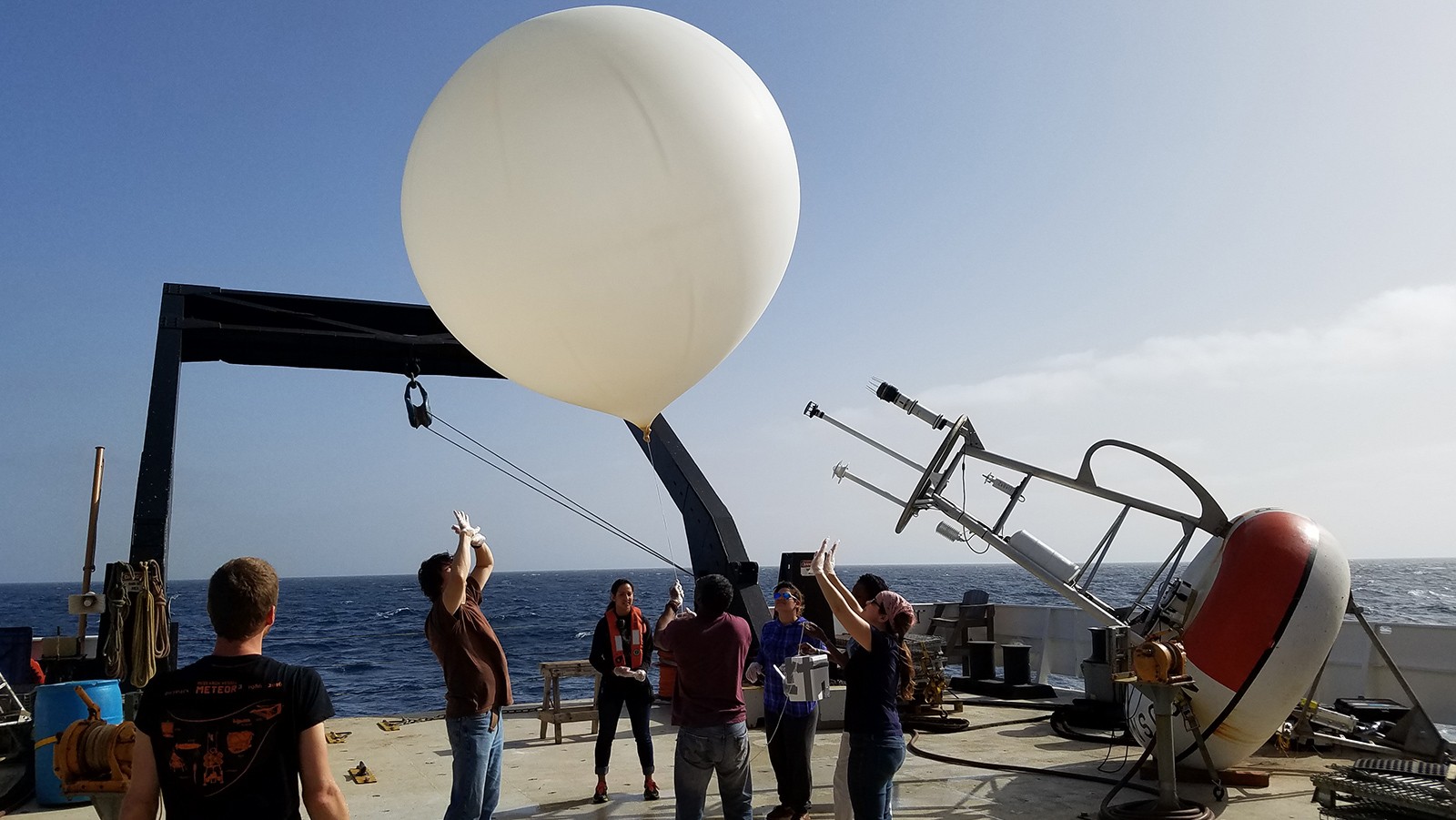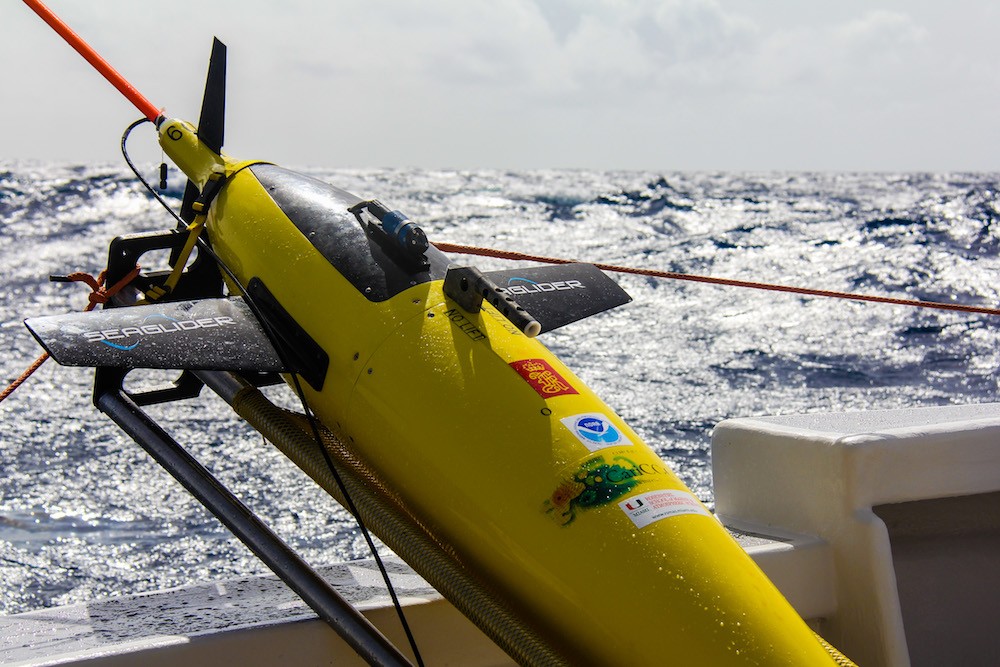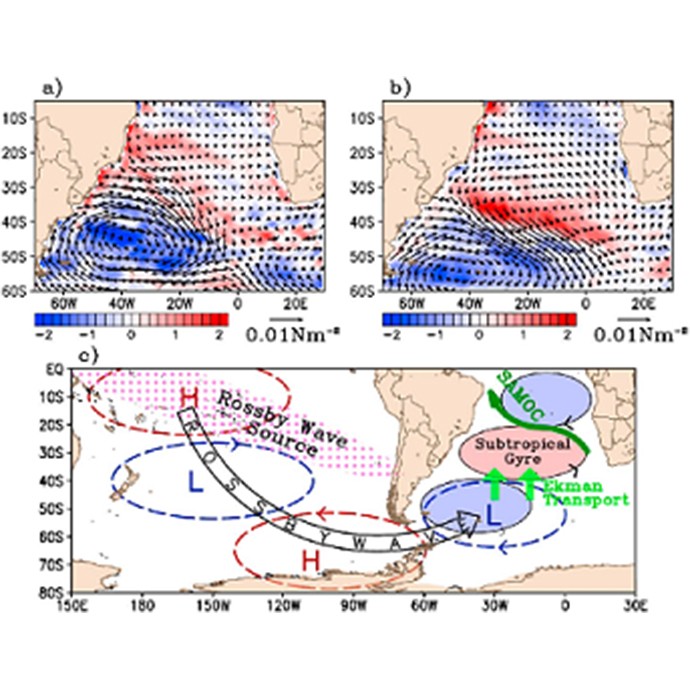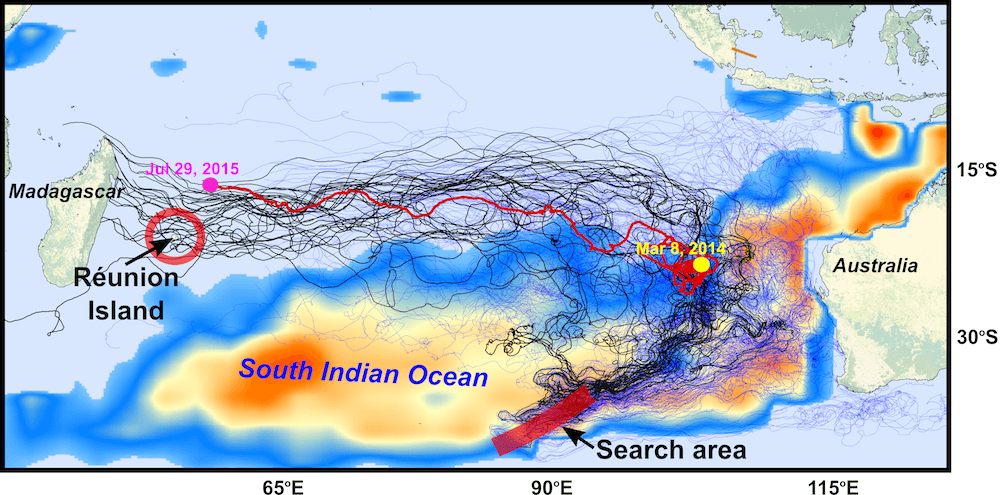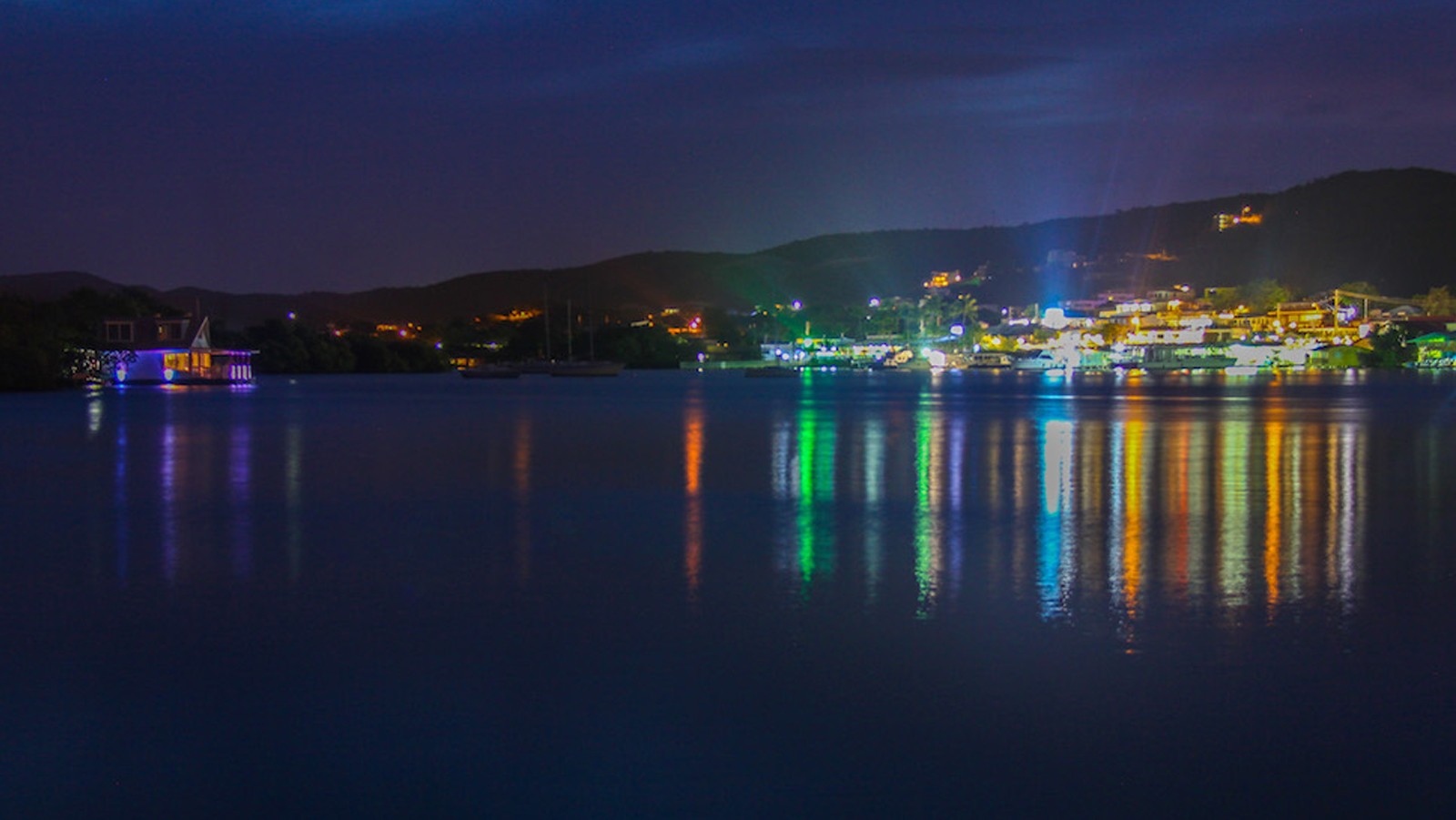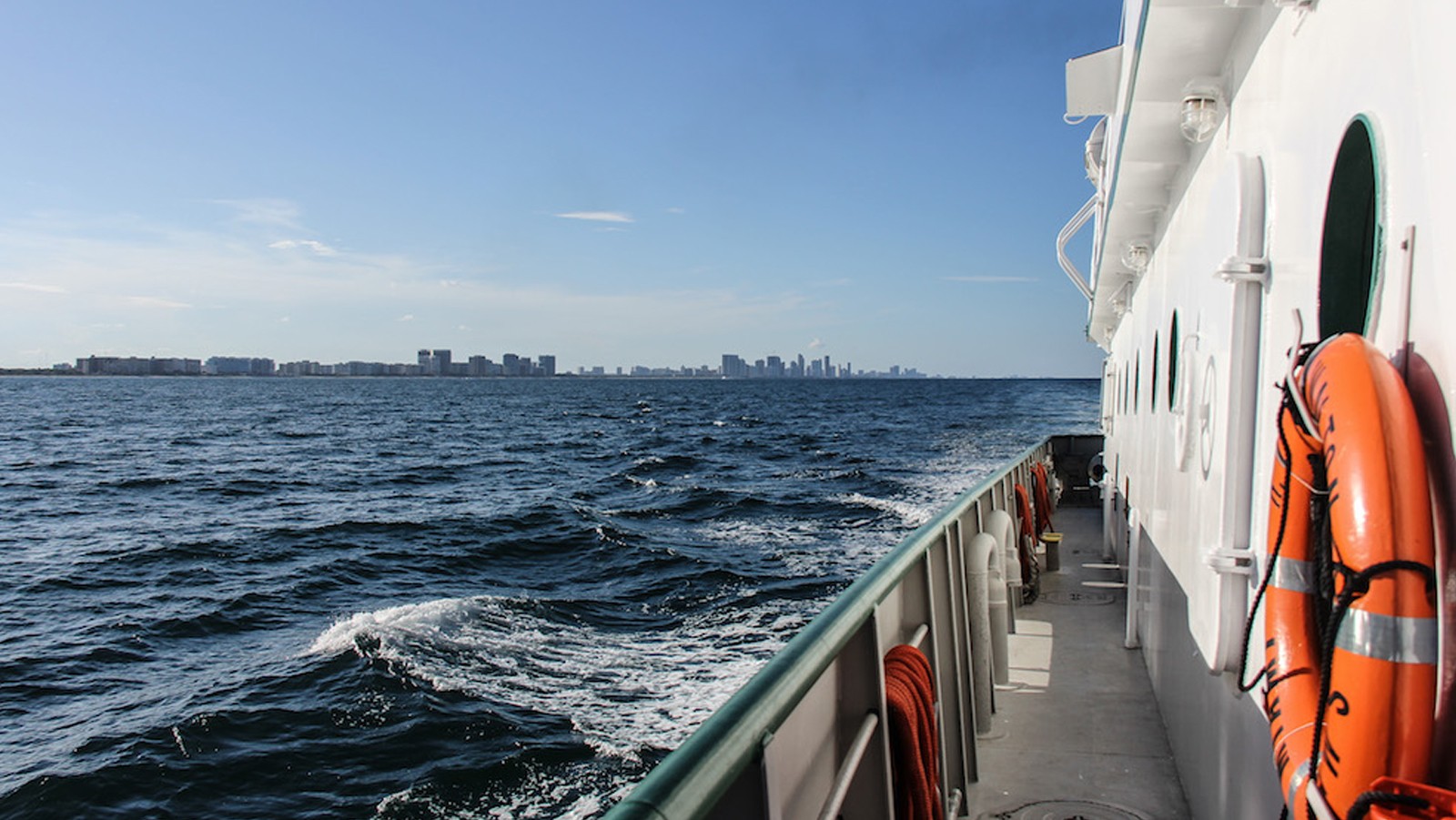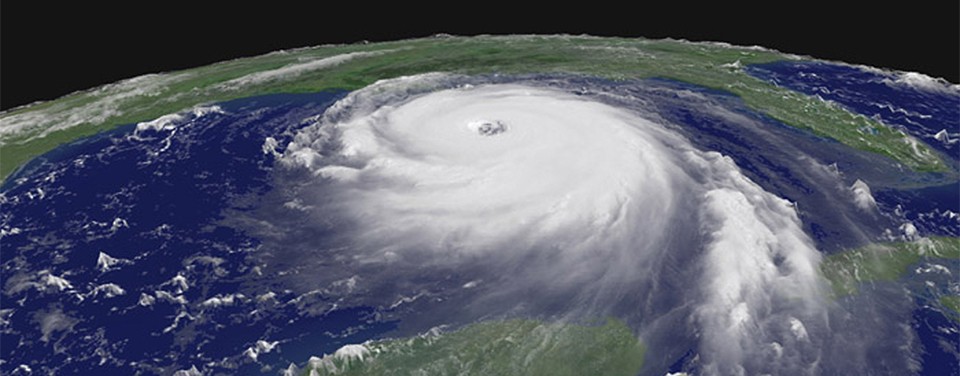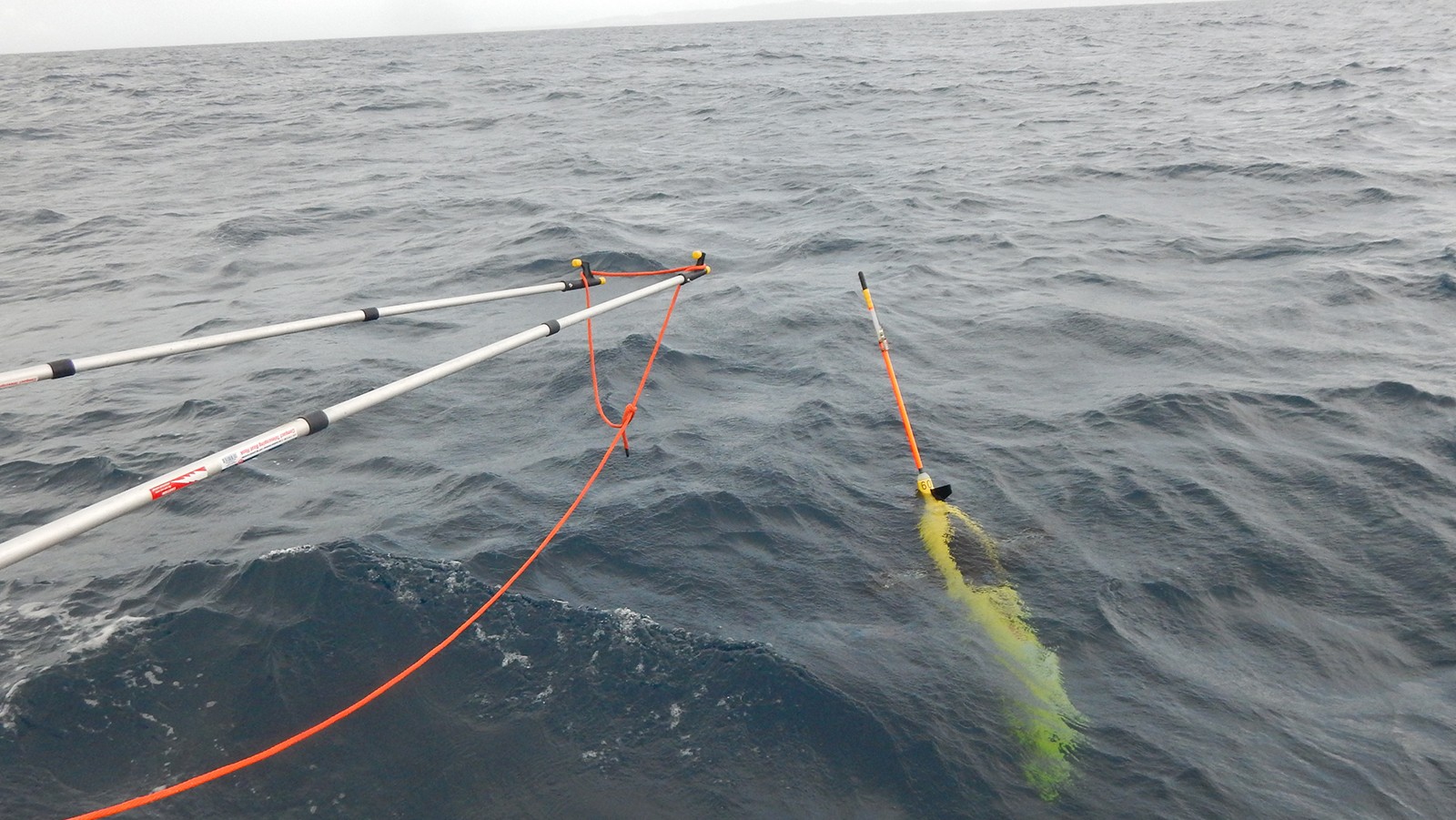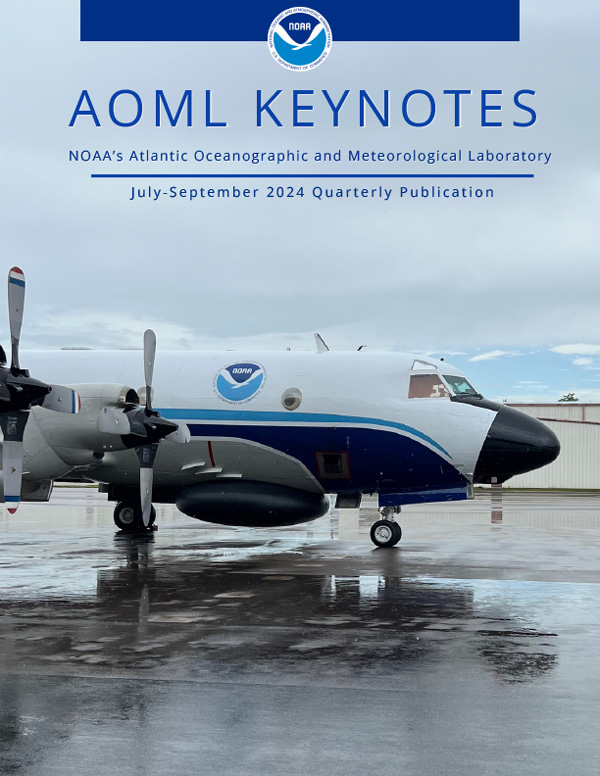Project Explores Deep Ocean Heat Accumulation in the South Pacific
One of the most challenging questions in global climate change studies today is how quickly, or if, heat that accumulates within the Earth system penetrates into the deep ocean. Scientists with the University of Miami (UM), AOML, and NASA’s Jet Propulsion Laboratory (JPL) recently tackled this question by using a combination of present-day satellite and in situ observing systems to study the distribution of heat in the oceans.
